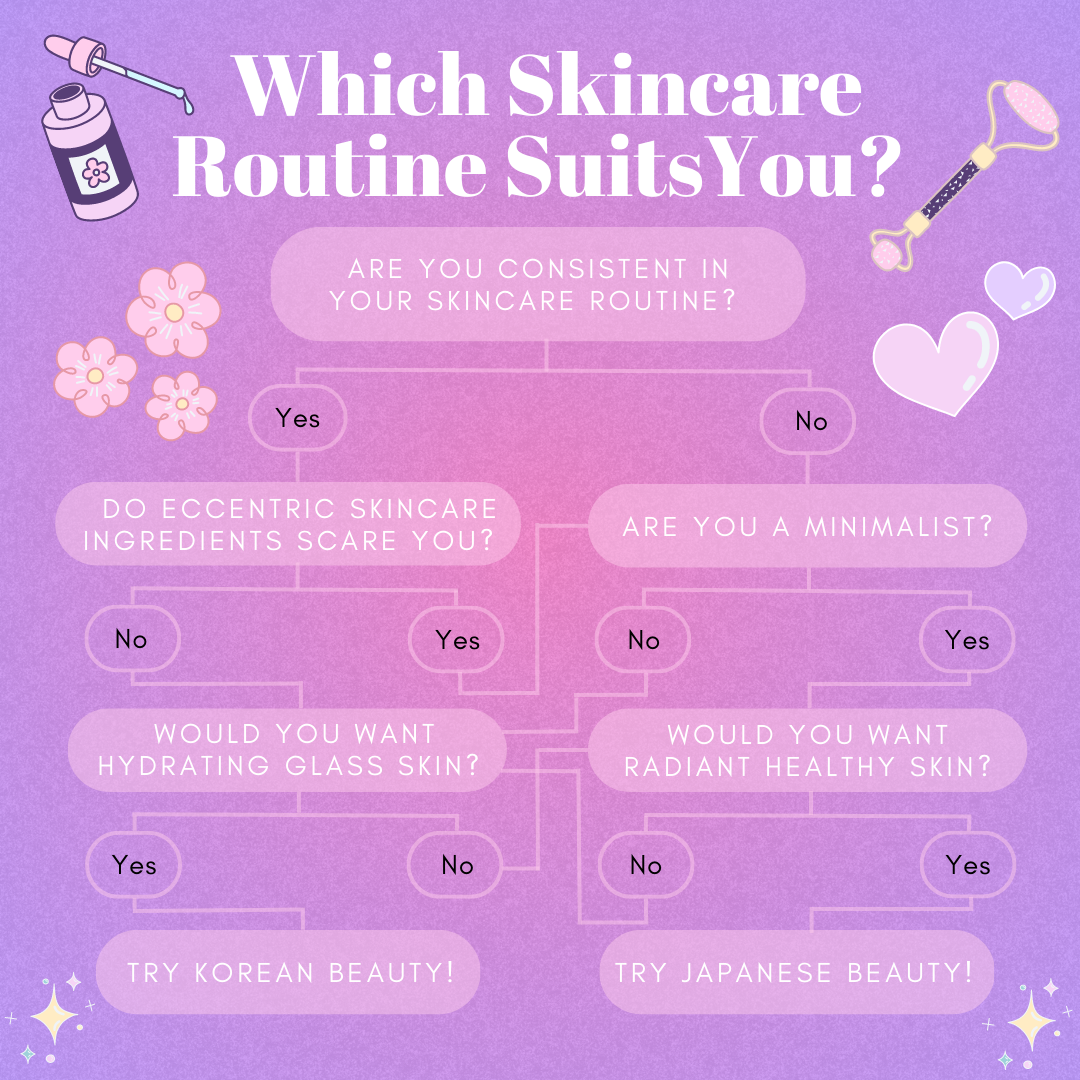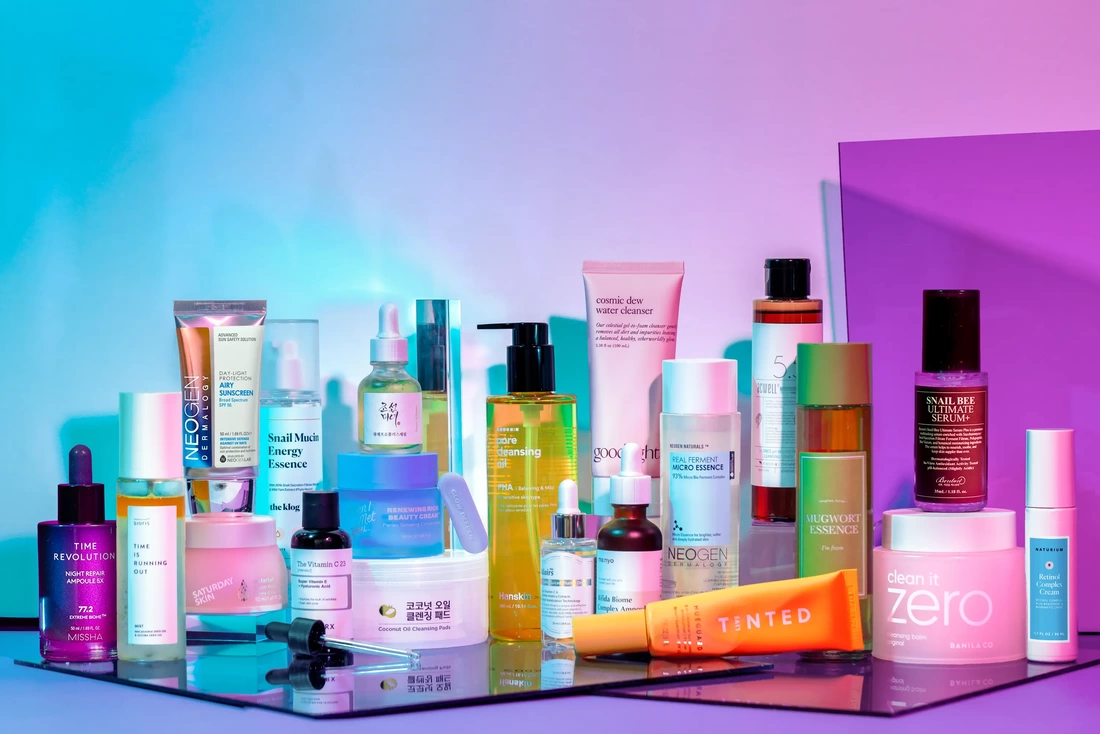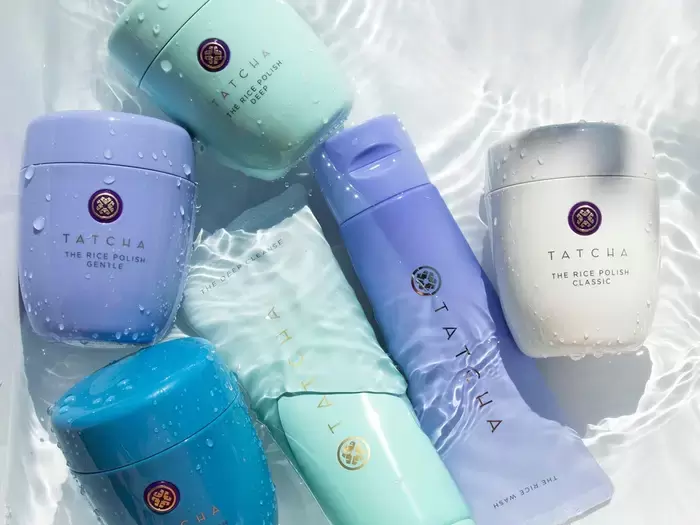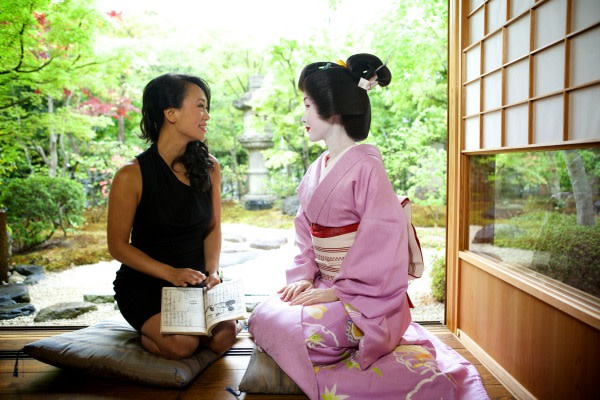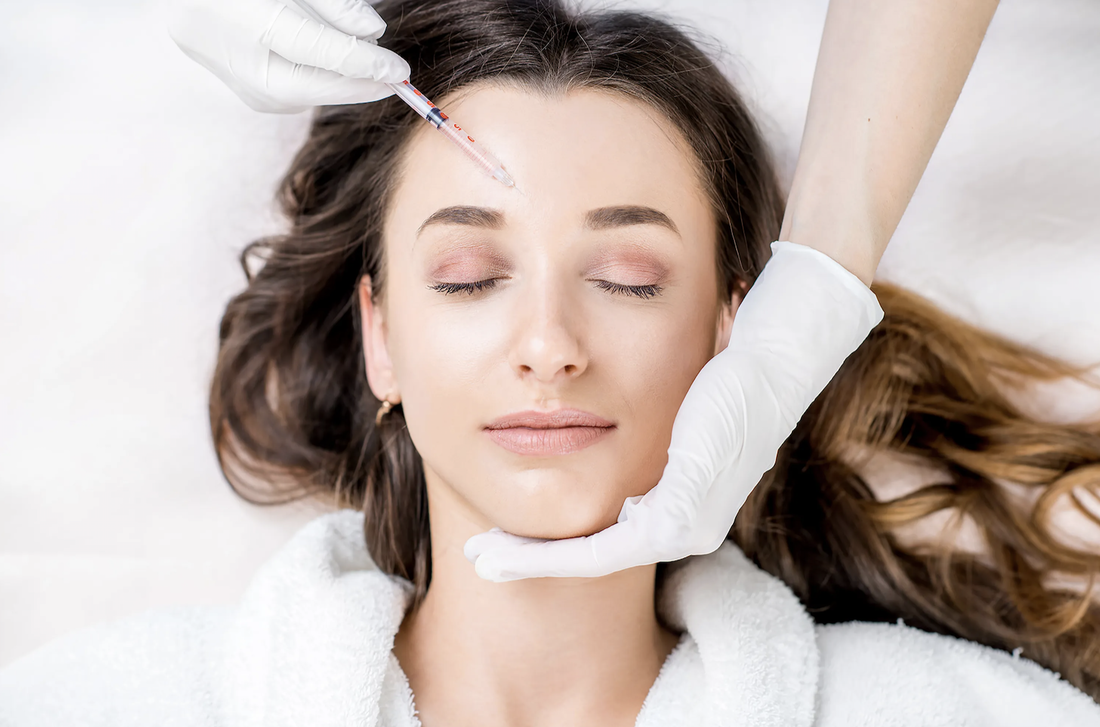- About Us
- Features
- Archive
- Videos
- The Secret success of Elmer Street
- Flying High From Below: LA's Fernando Martin
- Lip Candy
- Wafa Jaffal & her journey in Post Production!
- Guide to making a delicious arepas for your meal by Adolfo Can
- Waterworld
- Khanh's Kitchen
- From Las Vegas to LA
- Lighting the World Around Us: An Interview with Angela Gundelfinger
- Eating Disorder Healthcare: Mishna Erana Hernandez
- Meet Our New Staff!
- Meet Carlos Chavez!
- Meet Nicole Favors
- Meet David Petrosyan
- Meet Brittney Strong
- Meet Kaci Theros
- Meet Katrina Molle
- Hopping into the year of the Rabbit: Alhambra’s Lunar New Year Celebration
- 2023 Solar Decathlon
- Depop: A Circular Fashion Community
- Inside the Afro-Mexican Identity
- Meet Mimi Chao: Magnificent Creator of Mimochai
- Who’ll be the top dog? Let’s check out the annual Corgi Winter Nationals
- The Fine Line That Connects Skincare to Culture: Asian Skincare Routines
- One Of The Key Ways To Protect The Oceans Is To Rethink What We Are Doing On Land
- The Fine Line That Connects Skincare to Culture: Asian Skincare Routines
- Growing Up With a Mixed Family Made Me Confident in Being Afro-Latina
- The Benefits of Shopping At Your Local Farmers’ Market
- Discovering Voice: An Interview With Nicole Favors
- Short Form: New Creative Producing Track At Woodbury University
- Housing Crisis in Los Angeles
- How Minimalism Can Benefit Your Life as a Student
- "Insights from Fashion Marketing Chair and Forecasting Expert Wendy Bendoni on the Evolving Landscape of Fashion Consumption and Sustainability"
- The Gun Violence Issue in America
- From the Court to Console: An Interview With Tim Parham
By: Kaci Theros
Infographic Quiz By: Kaci Theros
Asian Skincare is glimpsed as a regimen to achieve beauty and flawless skin. However, Asian skin care can be much more than looks or beauty, it can be a way to understand its culture and how the ingredients used in these products can start a cultural awakening. Many different types of Asian Beauty products are grouped, despite their differences. Understanding the differences between Asian beauty products not only sheds light on the varying cultural beliefs and regimens but also provides an avenue for others to explore and appreciate these diverse cultures. It is worth noting that one does not have to be of Asian descent to partake in these skincare regimens. Incorporating these methods into one’s routine can be a valuable opportunity to learn about the different types of Asian skincare and their relationship to the culture they originate from.
Korean Beauty Products Photo By: SOKO Glam
Various types of Asian skincare routines inform people of their cultural beliefs. The most notable and extensive Asian beauty routine is Korean Beauty or also known as K-Beauty. The K-Beauty products market was assessed Globally at $11.8 Billion in 2022 and is expected to reach $16.2 Billion by 2028 (Market Data Forecast, 2022). The Korean beauty trend has been popular and is gaining traction in the United States as more Asian American Women promote these products to obtain flawless skin. Korean culture emphasizes skin care routines and natural beauty. They are quite strict with their skincare routines and use many products, resulting in a ten or more steps process. The skincare routine includes double cleansing, exfoliation, toner, essence, treatment serum, sheet mask, eye cream, moisturizer, and SPF. Korean culture has high beauty standards for women and men and expects them to use these intense skincare routines to obtain “glass skin”. Although Korean culture emphasizes these routines, the ingredients used for these skincare products are advanced and innovative to test the boundaries of skincare. K-beauty can use ingredients such as snail mucin, red ginseng, propolis, and Centella Asiatica extract. These ingredients are naturally sourced, using ingredients that have been used for centuries in holistic Asian healthcare products. The culture's relationship to nature underlines the relationship between creating natural skin and natural beauty. The ingredients of these skincare products highlight the culture's connection to nature to create natural skin and to be an innovator in the skincare industry. For example, Korean Beauty has invented rubber sheet masks, cushion compacts, and activated serums. These skin care steps, ingredients, and methods originate from Korea and their value is to create natural skin. Instead of seeing this type of skincare as Asian Beauty, it is a manifestation of the culture's beliefs, because Korean culture utilizes natural ingredients to achieve natural skin through innovative products and a multi-step routine.
Tatcha Beauty Photo By: Tatcha
The other notable Asian Beauty is Japanese Beauty, which values a minimalistic approach to skincare. Global revenue for the Japanese Beauty market is expected to amount to $40.62 Billion in 2023 (Market Data Forecast, 2022). Japanese Beauty is gaining traction in the United States, but their methods and practices date back to ancient Japan. Vicky Tsai, the founder of Tatcha Beauty -a Japanese skincare brand-, struggled to apply Western skin care products on her skin, which often caused blistering, bleeding, and rashes. When Vicky visited Kyoto, Japan, she met with a geisha who unveiled the secrets of Japanese skincare that dates back ages. With that inspiration, Vicky learned about the Japanese skincare process and created Tatcha to help people have natural skin and to feel confident in their skin. Contrary to Korean Beauty, Japanese Beauty has a small, simple, and effective skincare routine. The typical Japanese Beauty routine is a four-step process and includes a double cleanse first with an oil-based cleanser, followed by a foaming cleanser. This process is followed by using a double moisturizing method through a light essence or lotion that promotes hydration to the skin barrier, followed by a moisturizer and sunscreen. This minimalistic skin care procedure can help create natural skin while including the Japanese culture’s simple and minimalistic beliefs. Ingredients for these products usually consist of green tea and rice to calm the skin. Notes of sake, camellia oil, yuzu, and cherry blossom extract are other natural ingredients that make their way to these skincare products. These ingredients also promote natural ingredients to have a natural, peaceful, and minimal connection to nature and Japanese culture.
Vicky Tsai (founder of Tatcha Beauty) With Japanese Geisha Photo By: Sarasota
The difference between K-beauty and J-beauty is the number of steps in a skincare routine. They also have different skin care philosophies. Japanese beauty focuses on traditional practices with modern and minimal products; whereas Korean Beauty believes in nourishing the skin through a multi-step process and defying skin norms to create unique and effective formulas. These two skincare regimens are different in their routine and core beliefs, but they are similar in their connection to nature and use of natural ingredients to nurture natural skin. These skincare products and procedures are an embodiment of their country's culture and beliefs, and it teaches people to care for themselves in a natural way that will benefit them. Regardless of the skincare routine, K-beauty and J-Beauty are a way for others to learn about that country’s culture and test what will be best for their skin type or daily routine. These regimens can be a catalyst to learn about culture rather than focusing on the vanity of the product.
Tatcha Beauty Pop Up Virtual Hinoki Forest Experience Photo By: Haute Living
Cosmetic Surgery in Western America Photo By: Getty Images
In contrast to Western Beauty, Asian Beauty routines have meaning and traditions that manifest through their skincare regimens. Living in a cosmopolitan city like Los Angeles can be difficult because of its high beauty standards, influences like the movie industry, and celebrities. Western culture values looking like a celebrity resulting in procedures like cosmetic surgery to alter their faces or body. The top five cosmetic procedures in the U.S. for women in 2020 were rhinoplasty, eyelid surgery, facelift, breast augmentation, and liposuction (American Society of Plastic Surgeons, 2020). Most of these procedures relate to the face and to improve one's vanity. If we rejected Westernized cultures' beauty norms and recognized beauty as a connection to nature and culture, then we could learn more than just trying to alter our looks to reach a beauty standard. Viewing skincare as a form of taking care of yourself, a connection to culture or nature, and a ritual for yourself can create inner peace and acceptance. Comparing oneself to these high and unnatural beauty standards is mentally damaging and feeds into beauty norms and pretty privilege. Recognizing that skincare and self-care regimens can be much more than vanity and beauty is key.
Korean Beauty Natural Ingredients Photo By: Beauty Barn
Learning about how other cultures embody their beliefs through skin care is a great way to learn how skincare and beauty regimens can help us feel in tune with the culture and learn its values. Yes, skincare helps with beauty, clear skin, and fine lines, but it is important to know why and how these products are effective and their relation to larger cultural norms. Consumers can use skin care not only to help you but to learn about why these methods are effective and where they originate.
References:
https://amodrn.com/how-different-cultures-around-the-world-practice-self-care/
https://www.tatcha.com/blog/j-beauty-vs-k-beauty.html
https://www.census.gov/quickfacts/losangelescitycalifornia
https://www.bebeautiful.in/news/difference-between-k-beauty-and-j-beauty
https://www.nbcnews.com/news/asian-america/how-asian-american-women-are-driving-growth-skincare-industry-n866671
https://seoulmamas.com/why-are-k-beauty-products-so-popular-in-the-united-states/
https://www.marketdataforecast.com/market-reports/global-k-beauty-products-market
https://www.statista.com/outlook/cmo/beauty-personal-care/japan
https://www.bebeautiful.in/news/difference-between-k-beauty-and-j-beauty
https://www.foreo.com/mysa/the-korean-skin-care-phenomenon/
https://www.plasticsurgery.org/documents/News/Statistics/2020/plastic-surgery-statistics-full-report-2020.pdf
Links |
7500 |
|
